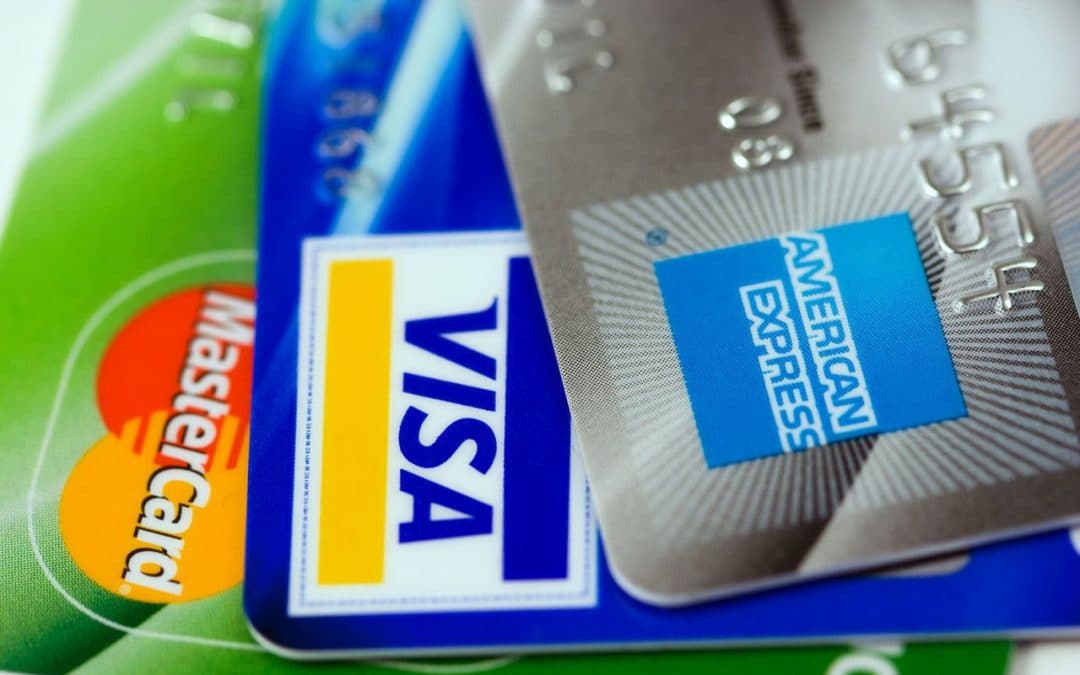NaVetor now offers payment integration through Global Payments Integrated.
Here are some reasons you should consider it for your practice.
Considering more than 75% of consumers expect to be able to pay with a credit card, the most important question a veterinary practice needs to consider is not, Should I accept credit cards? but rather, HOW should I accept credit cards? Clearly, you have options.
One of the first decisions you’ll need to make concerns integration. A payment solution that is integrated within your veterinary practice management software delivers distinct advantages:
Ease of Use
Integration greatly simplifies the payment and recordkeeping process. Swiping a patient’s credit card and automatically adding that information to the patient’s record saves time as well as improves the patient’s checkout experience.
Improved Accuracy
Integration significantly reduces human error, saving time and hassle during end-of-day reconciliation and eliminating double entry between a separate card terminal and your computer screen.
Complete Payments Flexibility
Integration offers the latest in payment type processing and technology, including EMV® (“chip” cards) and Mobile payments through Apple Pay™ and Google Pay™, for those customers who use them.
What About Security?
If you’ve been accepting credit card payments for a while, you’ve probably heard all the acronyms and industry security buzzwords: PCI, EMV, NFC, tokenization, encryption…it can be a lot to keep straight. Here are just a few things you should know related to security:
Who/What is PCI?
PCI stands for the Payment Card Industry, which maintains a set of Data Security Standards (PCI DSS) designed to maximize credit card data security by mandating a secure processing environment. If your veterinary practice accepts credit cards through a service that is not PCI-compliant, you may be subject to fines. Starting in 2019, all businesses (including veterinary practices) that process credit cards must be on the latest version of PCI DSS (version 3.2.1).
The Importance of EMV
Introduced several decades ago in Europe, EMV technology (also known as “chip” or “chip and PIN”) stores credit card information much more securely than magstripe cards popular in the US during the same period. EMV-enabled cards and terminals are quickly becoming the standard in the U.S. based on their fraud reduction impact.
Keeping the Data Secure
There are additional advanced technologies in use that make it even more difficult for thieves to compromise credit card data. Two such technologies include tokenization and data encryption. Tokenization replaces the actual card transaction data with a unique token, or digital placeholder, that is randomly generated and useless to data thieves. Similarly, encryption protects payment transaction data through algorithms that scramble and descramble the information, so it can’t be deciphered in the event of a breach.
Making the Right Decision for Your Practice
The NaVetor team explored several available options before deciding on an integrated payment solution that provides unique value to our practices. No other solution offers:
- The ability to accept credit and debit card payments from any workstation in your practice
- Real-time, cloud-based reporting, providing information wherever and whenever you need it
- The latest in payments security and technology
- Around-the-clock customer service and technical support
NaVetor’s integration with Global Payments Integrated combines encryption, tokenization, PCI, EMV and mobile solutions to create one of the industry’s most secure and flexible platforms. The NaVetor/Global Payments Integrated payment processing solution is already there – you only need to turn it on.
Don’t have NaVetor yet in your practice? Request a demo online.
Request a Demo
Inspired by what you’ve seen? Interested in seeing how NaVetor can work in your practice? Contact us to set up a personalized demonstration of the software.
Sales: 877-422-8838

